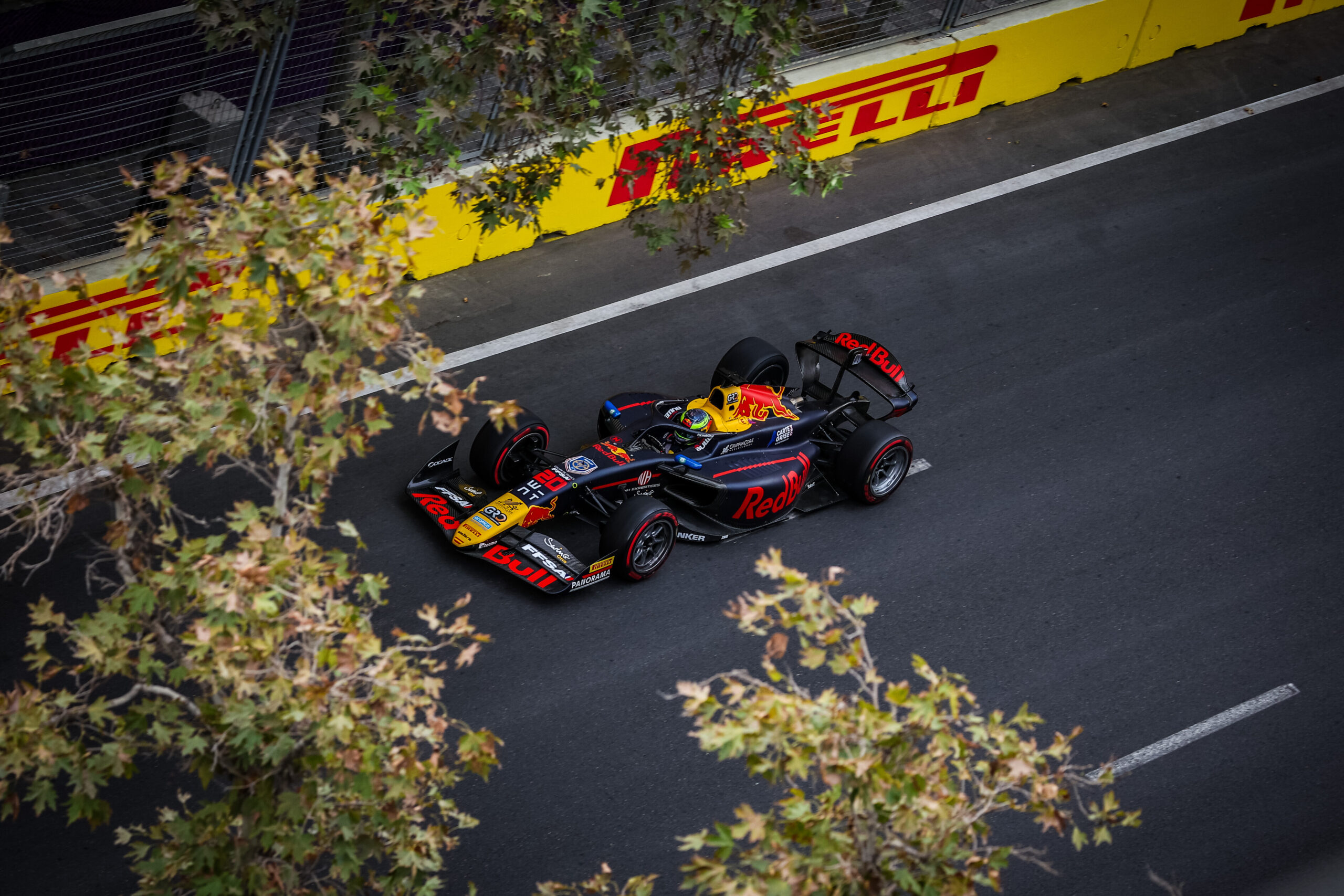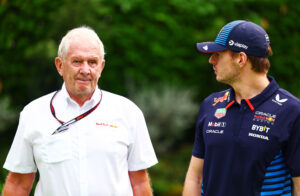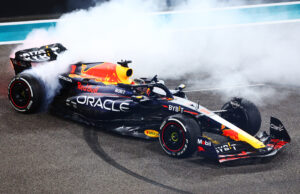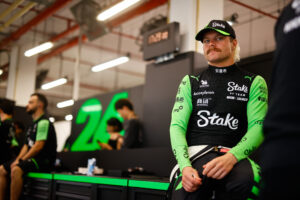Even If the Red Bull Junior Team is one of the most appealing for young drivers, the problems behind the facade are increasing more and more.
In addition to Formula 1, there are series in which the championship battles are often very close. From F4 Italian to FRECA in Europe and series in Oceania and America, these categories prepare those who will be future stars. Formula 3 and Formula 2 are the last steps drivers must complete before reaching their goal. Formula 1.
In an environment as competitive as that of Motorsport, the most talented young people must be helped to stand out. This is why the programs for young drivers were created. However, one should not underestimate the level of competition in these environments.
Indeed, the competitiveness in these environments is very high. The Red Bull Junior Team is perhaps the most striking example.
The second oldest driver program
The Red Bull Junior Team was founded in 2001 by Helmut Marko. It is the second youth program to be created, after the one established in 1998 by McLaren and Mercedes. RB is certainly one of the most coveted by young drivers. The ultimate goal is the same for everyone: to reach F1 by showcasing their skills in minor series.
The drivers who attract Helmut Marko’s attention and are signed by the team. They receive financial aid to compete in other categories. Unlike in F1, where teams pay drivers a salary, in minor series the young drivers have to raise the funds needed to cover the high racing costs. The numbers are certainly not low and they increase in higher levels.
The academy also provides sessions to private simulators in its headquarters, consultations with the team, and extra help with the physical aspect. Frequently, the junior teams send their athletic trainers for the young drivers. The reason is to give them advice and guide them in the best possible way.
Members of the Red Bull Junior Program
Since its establishment, many drivers have joined the program of the six-time world champion team. The first ones were Christian Klien and Sebastian Vettel. Although the paths of the two drivers crossed paths only once in F1, both of them are remembered in the history of the young Red Bull drivers. Klien, who debuted with Jaguar in 2004 before it was bought by Red Bull, was the first driver of the program to reach Formula 1. In 2007, four years later, Sebastian Vettel debuted in Toro Rosso, and in 2010, he became champion with Red Bull. The German was the first driver from the program to win the F1 world title.
Since then, there have been various names of drivers who graduated to Formula 1 from the Red Bull junior team. Among them are Daniel Ricciardo, Danil Kyvat, Alexander Albon, Pierre Gasly, Carlos Sainz Jr, and the three-time world champion Max Verstappen.
One of the names of the current young drivers is Liam Lawson, vice-champion in Super Formula in 2023, and Avrid Limblad, winner of the Formula 4 race in Macao the past year. There is Isack Hadjar too, currently fighting for the title in Formula 2.
The problem of overcrowding
The Austrian team is interested in different championships, from Formula 2 to the roots of Motorsport in karts.
The Red Bull Junior program has the most members among all the academies. This could be both a positive and a negative factor.
Being involved in several championships, Red Bull seeks to find new talents in different series. This is why the list of their members counts 15 drivers for now. However, while opening doors to as many drivers as possible is a great initiative, there are many difficulties.
Many F1 teams prefer to have fewer members in their programs to manage their drivers in the best way possible.
The Austrian team seems not to lack funds and it is capable of managing all its members. However, what is the problem with overcrowding in the program?
Red Bull’s modus operandi is to select as many drivers as possible but give them a certain period of time in which they must showcase their abilities if they want to stay in the team. For example, this year there are seven drivers who joined the program. Perhaps not all of them will stay in 2025. Or some of the senior members, who are not performing well enough, will be let go at the end of the year. Among the names of drivers who were part of the program in the past were: Jake Crawford, Zane Maloney, Kacper Sztuka, Dennis Hauger, Jehan Daruvala, Jack Doohan.
Too many drivers and not enough seats
The Red Bull Junior Program is one of the most competitive. Helmut Marko and his team closely monitor the drivers. For some of them, the pressure may be too much. For those who stay, Red Bull could give them one of the most popular seats in Formula 1. Although, in recent years, the Austrian team has had difficulty providing the young drivers from their program, a seat in Formula 1.
In Austin, Lawson will take the place of Daniel Ricciardo for the final part of the season. In the meantime, Isack Hadjar, at the end of his Formula 2 season, will have to settle for the third driver role for Red Bull. Therefore, despite the many young drivers signed by the team, the chances that Horner can give them an opportunity in Formula 1, are reduced to one or two seats. Moreover, not in the official team.






